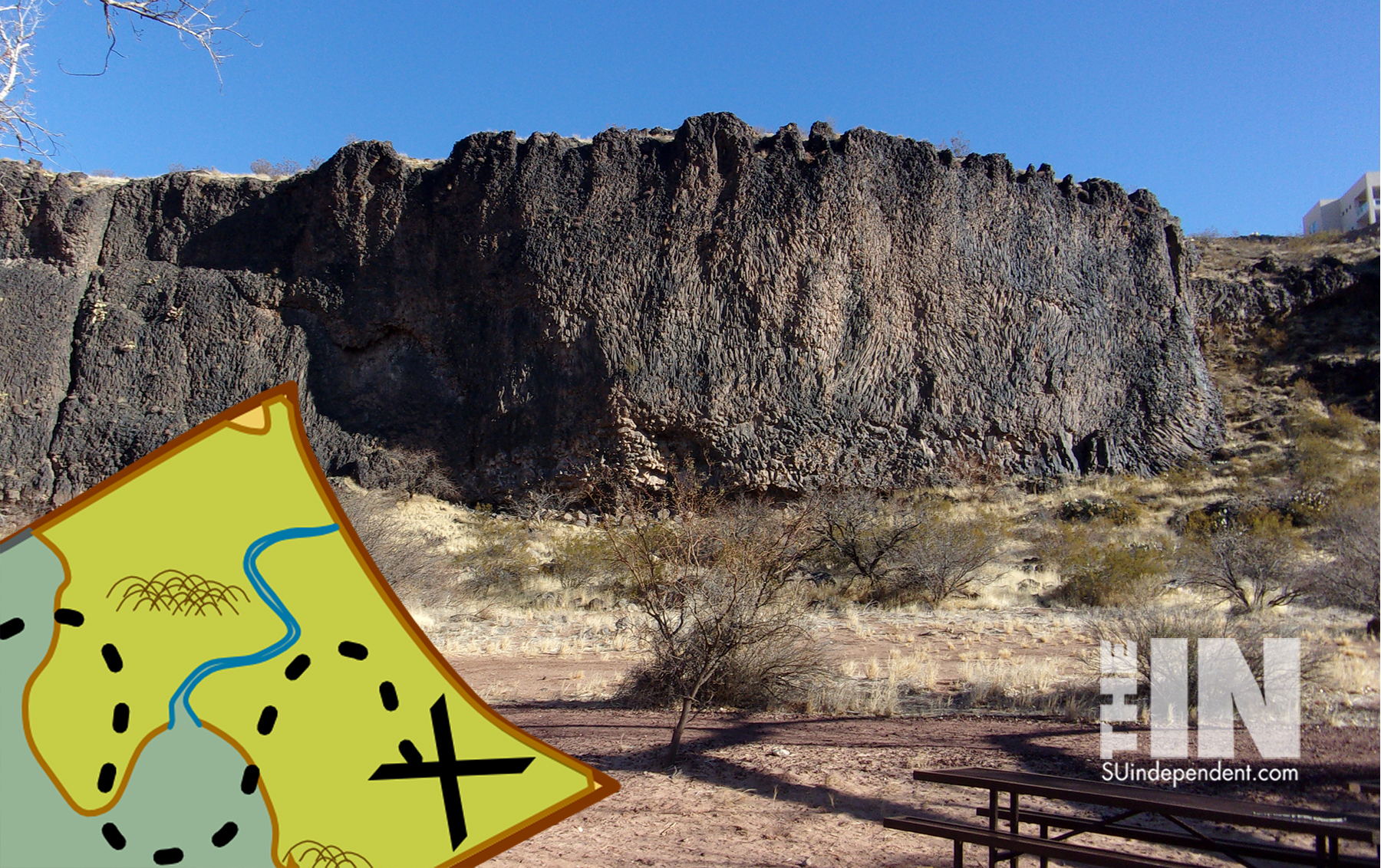
Overpopulation is the biggest environmental threat
By Glen Colton
Americans plant trees and host community events to promote conservation and sustainability. Those activities are important. But they don’t address one of America‘s biggest environmental challenges: rapid population growth.
Since 1970, the U.S. population has increased from 205 million to 327 million people. It’ll surge to 404 million by 2060.
We’d have to develop millions of acres of open space to house and feed all these people. It’s not too late to put America on a more sustainable path, but that would mean having an honest discussion about what’s driving U.S. population growth.
Almost 90 percent of population growth is fueled by immigration. Scaling back future levels of immigration would help America pursue a sustainable future.
Earth Day’s founder, the late Senator Gaylord Nelson (D-WI), recognized the need to address immigration levels. “It’s phony to say ‘I’m for the environment but not for limiting immigration,'” he noted.
He’s right. Nearly 160 million people around the world want to move to the United States. There’s no feasible way to accept them all. Which means Americans need to make hard choices about who we let in, and most importantly, how many.
Currently, we’re refusing to make those choices. Our “chain-migration” policies allow immigrants to sponsor extended family members for green cards. Most of the 1 million legal immigrants who arrive in America annually come through chain migration.
Another 1 million illegal immigrants will slip through our southern border this year.
Population growth damages the environment. Developers have paved 40 million acres of forests and fields — an area the size of New York, Massachusetts, and New Jersey combined — since the 1980s for more housing, roads, and other structures.
Florida adds 900 new people to its population each day, and half of that total are immigrants. If this trend continues, 5 million acres of farms, forests, and open space in Florida will be lost to development by 2070.
Texas adds half a million new inhabitants annually. The majority are immigrants. Roughly 120,000 acres of agricultural lands and natural habitats are lost each year to the construction of roads and houses.
This sprawl also threatens our quality of life.
Consider water pollution. Developers pave over fertile cropland to construct housing developments and highways. Experts predict there will only be 0.3 acres of farmland per resident by 2050 — a nearly 85 percent decrease over a 70-year period.
To feed a growing population with less land, farmers will turn to harmful pesticides and fertilizers to boost crop yields. And since we’re paving over natural land with impermeable asphalt and concrete, much of that fertilizer will run off into our water supply.
This future isn’t inevitable. Ending chain migration for recent immigrants’ non-nuclear family members would reduce the projected U.S. population in 2060 by tens of millions of people. And requiring all employers to use E-Verify, a free online system that confirms work eligibility, would humanely deter illegal immigrants from coming here to work.
If Americans really want to preserve open spaces for future generations, they’ll need to call for humane reductions in immigration levels.
Glen Colton is an environmentalist and long term sustainability activist who lives in fast growing Fort Collins, Colorado.
The viewpoints expressed above are those of the author and do not necessarily reflect those of The Independent.
How to submit an article, guest opinion piece, or letter to the editor to The Independent
Do you have something to say? Want your voice to be heard by thousands of readers? Send The Independent your letter to the editor or guest opinion piece. All submissions will be considered for publication by our editorial staff. If your letter or editorial is accepted, it will run on suindependent.com, and we’ll promote it through all of our social media channels. We may even decide to include it in our monthly print edition. Just follow our simple submission guidelines and make your voice heard:
—Submissions should be between 300 and 1,500 words.
—Submissions must be sent to editor@infowest.com as a .doc, .docx, .txt, or .rtf file.
—The subject line of the email containing your submission should read “Letter to the editor.”
—Attach your name to both the email and the document file (we don’t run anonymous letters).
—If you have a photo or image you’d like us to use and it’s in .jpg format, at least 1200 X 754 pixels large, and your intellectual property (you own the copyright), feel free to attach it as well, though we reserve the right to choose a different image.
—If you are on Twitter and would like a shout-out when your piece or letter is published, include that in your correspondence and we’ll give you a mention at the time of publication.



